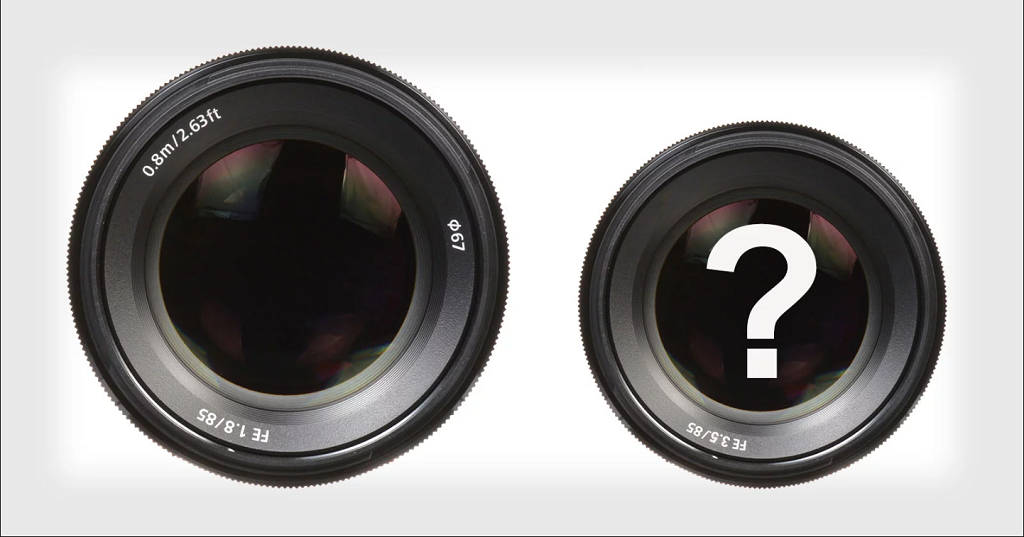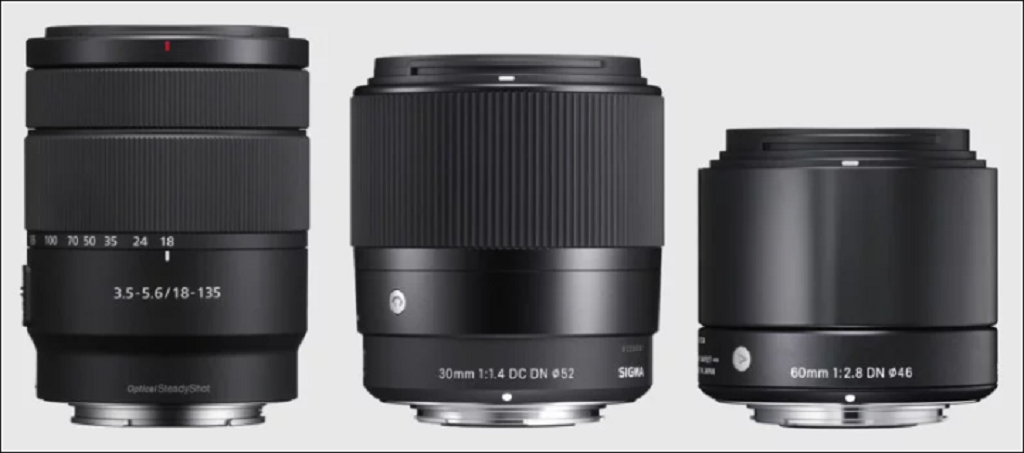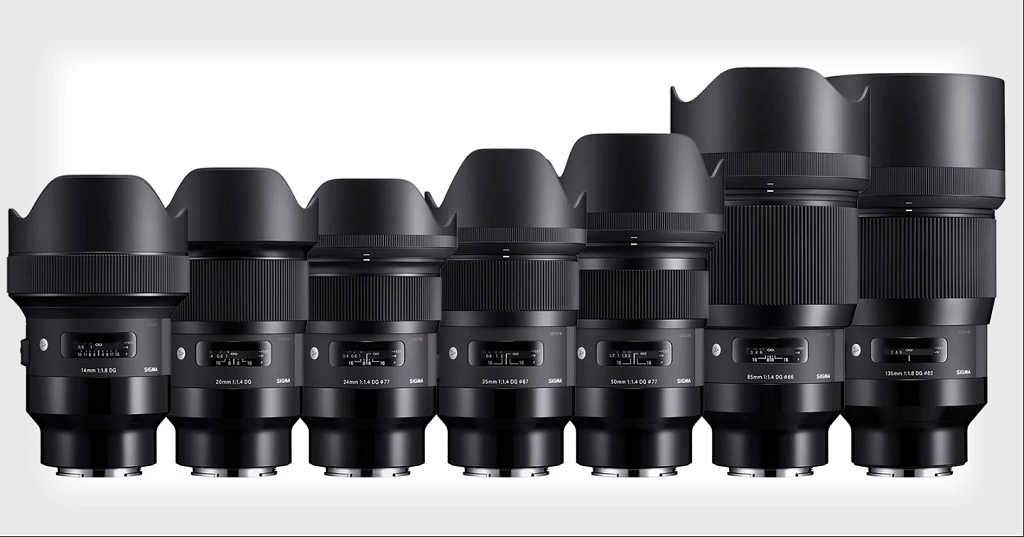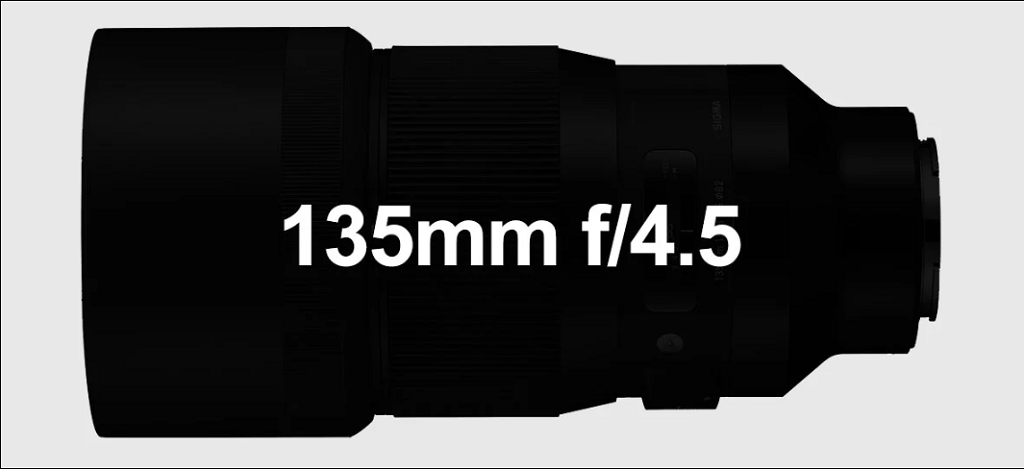Dear Camera Companies: Please Make Slower, Lighter Prime Lenses Between 50mm and 150mm
--Bob Locher
Published in PetaPixel

PetaPixel recently published an open letter from photographer Usman Dawood entitled: “Dear Camera Companies: Please Make a Fast Lens Between 50mm and 85m.” Today, I am asking for the pretty much the opposite: slower, lighter prime lenses.
Unlike Mr. Dawood, I am an amateur photographer, though I am a veteran of many years in the photographic hardware business. I presently use the Sony a6500 camera, an excellent APS-C camera.

The Sony a6500
The pictures I shoot tend to be pictorials and scenics, and of course the mandatory family shots. I live retired in a small town in remote Southwest Oregon.
While I own and use the superb Sony 18-135mm OSS Zoom lens, I have always preferred to use prime lenses whenever possible for best possible image quality. The best lenses I presently own and use are the E-mount Sigma 30mm f/1.4 and Sigma 60mm f/2.8. The 30mm f/1.4 Sigma is justly famous; the 60mm f/2.8 rather less so.

From left to right: the Sony 18-135mm OSS Zoom, Sigma 30mm f/1.4, and Sigma 60mm f/2.8
The fate of the Sigma 60mm lens is unfortunate. It is an outstanding piece of glass, lightweight, superb resolution, and very reasonably priced, albeit a bit strange looking. It is my lens of choice for many pictures. It accomplishes its mission with an elegant design featuring low dispersion glass and two aspherical elements. It has a silent linear motor for focusing.
But it molders in obscurity. Sigma has been developing and pushing their Art series of lenses, and indeed my superb 30 f/1.4mm lens is one such. But the longer, high-speed lenses, while truly magnificent efforts, are rather spendy and physically quite heavy.

Sony is now developing Art lenses for the Sony E-mount.
There are basically three reasons why a photographer might want a high speed longer focal length lens. One is for a very narrow depth of field, to isolate a subject. Another, closely related, is for bokeh, to avoid distracting the viewer of an image. Without question, modern high-speed lenses deliver razor-sharp images, very narrow depth of field, and great bokeh. (“Bokeh” — from the Japanese for, “A lot more money”.)
The third reason — the traditional one — is for extra light gathering in low light situations. But this is somewhat problematic. For one thing, when using digital imaging, it is easy to simply raise the ISO to insane levels with minimal loss of quality. And again, in most low light shots, shallow depth of field is not desirable. In such cases, the higher ISO is the usual solution, not higher speed glass.
Also, mirrorless cameras function beautifully with slower lenses in low light situations, not needing the extra f/stops for enough light to compose and focus, thanks to light magnification of the electronic viewfinder. (I am mystified that more people are not aware of this huge benefit of mirrorless cameras.)
So guess what? I — and many photographers like me — simply have no compelling need for a high-speed moderate telephoto, such as an 85mm f/1.4 lens or the like, even though the companies and much of the media push “bokeh” as hard as possible and as the measure of quality of a lens, instead of contrast and sharpness. Yet, many photographers do not need nor want bokeh for their pictures.
Instead, we want sharpness from front to back. Terrific sharpness. Yes, the modern high-speed telephoto will deliver this, stopped down. But we want modern high-resolution autofocus lenses that are lighter to carry around instead of today’s glass bombs, and we don’t want to break the budget buying them. Yet, all the firms supplying E-mount lenses today are concentrating their efforts to bring out — yup — fast, expensive high-speed glass — not the lenses I hope to see and would want to buy.
I keep wishing for a longer modern lens that would be somewhere between 100mm and 135mm, light in weight and commiserate in cost. An aperture of f/3.5 or even f/4.5 would be absolutely fine.

Why isn’t there a small, light, sharp, and cheap 135mm f/4.5?
Sigma started in this direction with their “DN” series of lenses, offering 19mm, 30mm, and 60mm lenses for the E-Mount, all f/2.8… and then essentially abandoned the line, with no further additions, and no advertising or marketing for them.
In the meantime, at least for E-Mount cameras, all the major suppliers are scrambling to bring out me-too look-alike high-speed lenses. Most of them are excellent and offer pretty much the same feature set. But are bigger apertures always better? Does size always matter? Should bokeh be the measure of excellence?
Lens manufacturers seem to have a split approach: high-speed primes for the pros, and slow zooms for the masses. But why can’t they also offer exquisite slower prime lenses with stunning resolution? Clearly, the major suppliers have the knowledge, capability, and tools to offer them if they so wished…
Counting on bokeh to sell lenses may prove to be very dangerous in the long run. Post-processing programs already can create excellent bokeh effects. As AI technology finds its way further into post-processing, it will surely offer better apparent bokeh-style isolation, even with variable slider controls, for both stills and video. Optical bokeh may well soon be largely a thing of the past. Kind of like dark slides… And when this happens, guess what the pros will be buying? It won’t be massive glass bombs.
Are manufacturers afraid less expensive lenses would cannibalize their pricier offerings? Probably so, but in doing so they are ignoring a potentially significant market. And very possibly, in the near future, they may soon find Chinese manufacturers with no legacy loyalties exploiting it for them. Better you should hurt your own product line sales by introducing another line that will cannibalize some existing sales than have a competitor completely destroy those sales for you.
A huge photographic market disappeared with the advent of the smartphone, as consumers wanted something smaller and lighter and easy to carry that could offer quality pictures, and they got it. Why is the photo equipment industry so intent on ignoring amateur photographers who value image quality? Can the industry really afford to drive more customers away?
Dear Camera Companies: Please make some slower, lighter prime lenses between 50mm and 150 mm!
About the author: Bob Locher is a retired veteran amateur photographer who spent many years in the photography hardware business. The opinions expressed in this article are solely those of the author. Locher has written over 50 magazine articles as well as two books. You can find more of his work and writing on his website.
Related News
- Please Make Slower, Lighter Prime Lenses Between 50mm and 150mm
- FUJI FILM Adds XF 16-80mmレンズ用&GF 50mm用レンズのラインアップ
- Haida2019年夏のフォトコンテスト
- SONY フルサイズミラーレス FE 35mm f/1.8
- Convergenze Expo 2019
- これからの新商品
